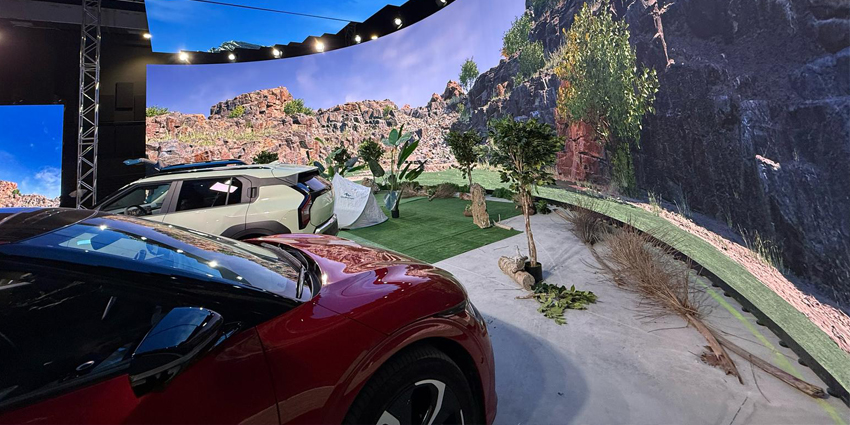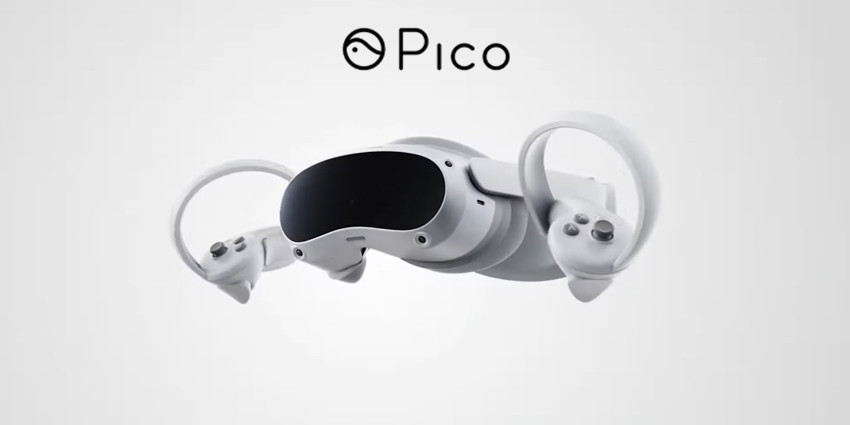The US Army will delay its timeline for deploying the Microsoft Integrated Visual Augmentation Systems (IVAS) headset to 2022, the Program Executive Office (PEO) Soldier wrote in a statement on Thursday.
It halted deploying the device, based on Microsoft’s HoloLens 2, to reevaluate use of the technology after inking a contract for 120,000 Microsoft IVAS headsets worth $21.88 billion over ten years.
#PressRelease: IVAS OT Decision Public Statement — The Army decided to shift the IVAS Operational Test and fielding to a date later in FY22. #IVAS #technology #innovation | @USArmy pic.twitter.com/jsL5IsLoUh
— PEO Soldier (@PEOSoldier) October 14, 2021
David Patterson, PEO Soldier Director of Public Affairs, wrote on Thursday,
“The Army decided to shift the IVAS Operational Test and fielding to a date later in FY22. The Army is fully committed to its partnership with Microsoft to advance specific technologies to meet operational requirements and maximize warfighter impact”
Patterson explained the US Army had conducted an Adversarial Electronic Warfare and Cybersecurity Test in September and aims to regularly test up to next year, leading to the decision to delay the IVAS deployment and allow soldiers to “achieve overmatch in Multi-Domain Operations.”
He concluded: “The Army intends to continue developing and fielding this revolutionary, first-of-its-kind technology in FY22.”
Army Delays IVAS Rollout after Trials
The news comes after defence journal Jane’s first reported on the IVAS rollout delay on Wednesday, citing statements from military officials attending the Association of the US Army (ASUA) conference.
According to officials, Douglas R Bush, Assistant Secretary of the Army for Acquisition, Logistics, and Technology ordered the halt to the rollout to do “a reset of that program.”
Army personnel tested IVAS headsets in field operations for roughly 80,000 hours to assess the device’s combat readiness, and later announced it would release the kit in September this year.
The headsets would provide soldiers with vital features such as night vision, thermal imaging, weapon sight pairing, person-to-person communication, and others.
Additional trials took place with soldiers piloting Black Hawk and Chinook helicopters in combat situations, the Army Futures Command and Project Manager IVAS announced earlier this year.







